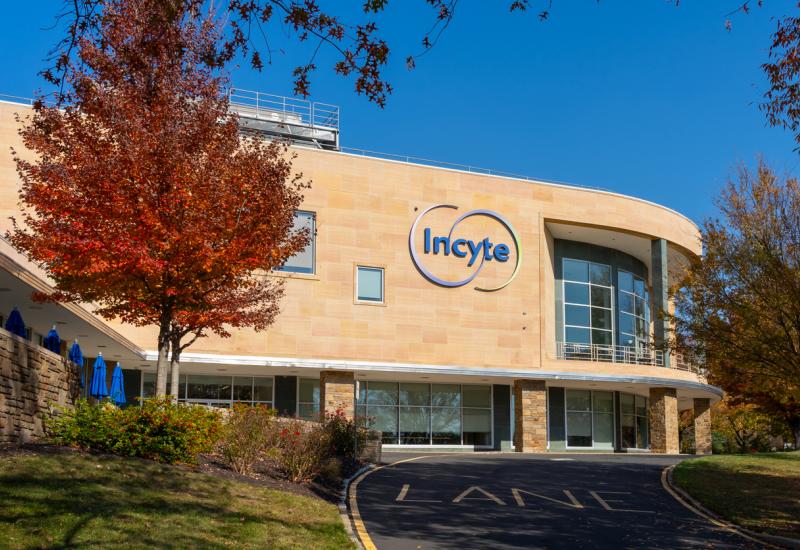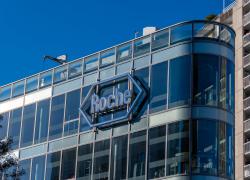
Early validation for in vivo Car-T
ESO-T01 delivers its first four multiple myeloma case reports.
ESO-T01 delivers its first four multiple myeloma case reports.

Just months after EsoBiotec dosed the first patient in a first-in-human study of its in vivo Car-T therapy ESO-T01 this trial has delivered its first signs of efficacy. The development is relevant because in the meantime EsoBiotec was bought by AstraZeneca for $425m, and it's likely that the early data formed the basis behind the UK company's decision to pull the acquisition trigger.
ESO-T01 is an anti-BCMA therapy, and the data concern case reports from four Chinese multiple myeloma patients given the lowest dose, published this month as correspondence to The Lancet. The headline numbers are that two patients developed stringent complete responses, while the other two had partial responses, with MRD negativity reached in the bone marrow by day 28.
This kind of activity might be par for the course nowadays for an anti-BCMA Car-T therapy, but that it should already have been seen at a low dose is noteworthy. This dose was said by the authors to be a tenth of the human equivalent calculated from the effective dose in mice, and significantly lower than that used in previously reported non-human primate studies.
This has already yielded pharmacokinetics said to be comparable to those of the autologous ex vivo anti-BCMA therapies Abecma and Carvykti. Activity in these four patients was accompanied by cytokine release syndrome and some neurotoxicity, which would be expected from an efficacious Car-T treatment.
At the time Astra bought EsoBiotec only one patient case report was available publicly, amounting to pharmacokinetics “comparable” to ex vivo Car-Ts, and undetectable day-28 MRD in the bone marrow.
Equivalent to ex vivo?
Importantly, the new reports appear to back up what was already seen with the same construct in the ex vivo setting.
ESO-T01 has a somewhat complex history, using a construct developed and owned by China's Pregene. This formed the basis of an ex vivo asset coded PRG1801 and separately licensed to CellPoint, a company later acquired by Galapagos. Meanwhile, the construct was developed for in vivo applications in a 2024 deal with EsoBiotec, under which Pregene retained China rights under the separate code PRG2402.
Back in 2021 ASCO heard results from a Chinese phase 1 study of PRG1801, in which 34 multiple myeloma patients reported an 88% ORR, including a 56% rate of stringent complete responses, across three dosages. This level of efficacy appears to be in line with the four ESO-T01 case reports, which accordingly provide important early validation.
The Lancet correspondence also sheds some light on the structure of ESO-T01, which is described as a nanobody-targeted, immune-shielded lentiviral vector, with MHC class-I knocked out to mitigate immunogenicity. The viral membrane is engineered to overexpress CD47 to suppress phagocytosis, a feature thought to have been proprietary to EsoBiotec.
Additionally, the upstream region of the Car construct contains a T cell-specific synthetic promoter, which appears to have been invented by the UK company Chromatin Bioscience and licensed to EsoBiotec.
Until now, the only human data available for an in vivo Car-T therapy appear to have been a single case report of a partial response in a B-cell lymphoma patient given JY231, Shenzhen Genocury's anti-CD19 project, in a Chinese academic trial. The four ESO-T01 case reports are described by the authors as being the first for in-vivo Car-T treatment of multiple myeloma.
ESO-T01 case reports in summary
| Patient | Baseline | Response to ESO-T01 | Selected gr3+ adverse events |
|---|---|---|---|
| 1 | SD after MRD+ve CR to Velcade + Revlimid; later got Ninlaro, Darzalex, Pomalyst & Xpovio | sCR | Hypotension, CRS |
| 2 | Relapsed after MRD-ve sCR to Velcade + Revlimid & Kyprolis + Pomalyst; 2 ASCTs | sCR | Hypotension, CRS, ALT & AST increases, pulmonary infection |
| 3 | PD then SD, after Velcade + thalidomide, Pomalyst, Darzalex, Kyprolis & Xpovio | PR with bone marrow MRD-ve | Thrombocytopenia |
| 4 | SD then PD, after Velcade, Revlimid, Darzalex, Kyprolis & BCMA/GPRC5D Car-T | PR with bone marrow MRD-ve | Hypotension, CRS, AST increase, thrombocytopenia, pulmonary infection |
Notes: SD=stable disease; PD=progressive disease; PR=partial response; (s)CR=(stringent) complete response; ASCT=autologous stem cell transplantation. Source: The Lancet.
2321













